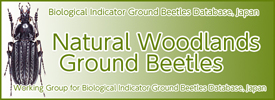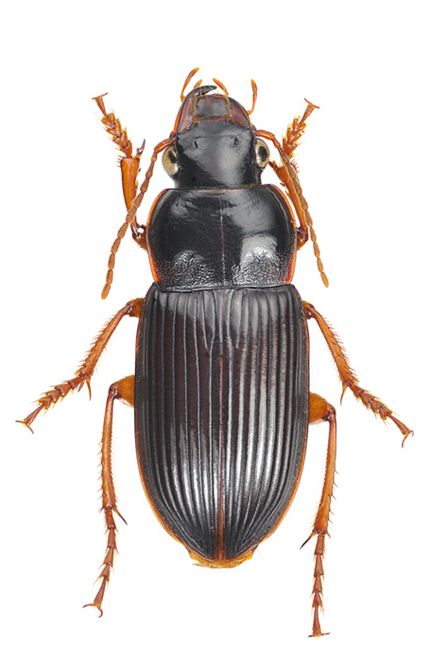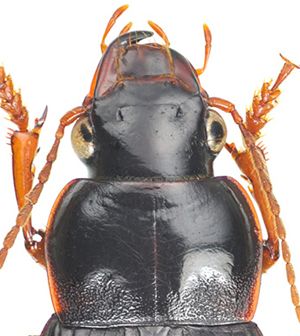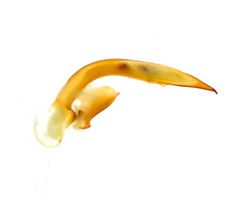| Ecology |
flatland (Yamaguchi museum 1988, Ishitani 1996), extensive environment (Taniwaki et al. 2005), They appear consolidated paddy environment or not (Lee et al. 2008), flatland (Inoue 1953f), subalpine area (Inoue 1953f), alpine area (Inoue 1953f), woods (Inoue 1953f), grassland and crop field (Inoue 1953f, Habu and Sadanaga 1965), bank (Inoue 1953f, Aono 1987, Aono 1988), farm field (Okutani et al. 1971, Inoue 1979a), paddy levee (Inoue 1974c, Inoue 1975a, Inoue 1976a, Inoue 1977a, Inoue 1977b), crop field (Inoue and Hanada 1979, Inoue 1980a), apple orchard (Koyama and Yamada 1980), riverbed (Terada 1983, Ishii et al. 1996, Ishitani et al. 1997, Yamazaki et al. 1999, Lee and Ishii 2009), coastal grassland covered with sweet briers (Higashi et al. 1983), vineyard (Yano et al. 1989, Togashi and Ohbata 1995), forest adjoinig agroecosystems (Yahiro et al. 1990), paddy field (Yahiro et al. 1992), forest edge (Sunose 1992, Sunose and Kurosawa 1992), slope of mound (Sunose 1992, Sunose and Kurosawa 1992), fallow field (Sunose 1992, Sunose and Kurosawa 1992, Kimoto and Yasuda 1995), pear orchard (Togashi and Ura 1994), fig orchard (Ishitani and Yano 1994), meadow (Ishitani et al. 1994, Ishitani 1996), paddy field (Kimoto and Yasuda 1995, Yahiro 2007, Kagawa 2008, Lee et al. 2008, Lee and Ishii 2009), upland field (Kimoto and Yasuda 1995, Hiramatsu 2004), secondary forest of Pinus densiflora (Ishitani 1996), riverbed (Ishitani 1996), rape field (Ishitani 1996), residential area (Ishitani 1996), vegetable field (Siddiquee and Nakamura 2004), coppice forest (Taniwaki et al. 2005), grassland (Taniwaki et al. 2005), field (Salah et al. 2004), urban forest (Fujita et al. 2008), urban park (Lee and Ishii 2009, 2010), Satoyama forest (Lee and Ishii 2009), gravelly floodplain (Lee and Ishii 2010), larva and part of adults (Habu and Sadanaga 1965, Ishitani et al. 1994, Yamazaki et al. 1999), larva (Inoue 1980a, Ishitani 1996), In our breeding room the adults deposited the eggs from late September to late October (Habu and Sadanaga 1965, Habu 1973d), from August to September (Ishitani 1996), autumn (Yamazaki et al. 1999), Sogatella furcifera (Kurosa 1952), Tetramorium tsushimae (Kurosa 1952), Bembidion morawitzi (Kurosa 1952), Harpalus griseus (Kurosa 1952), mite (Kurosa 1952), aphid (Kurosa 1952), Carabid larvae (Kurosa 1952), seeds of Alopecurus aequalis (Kurosa 1952), seeds of Stellaria media (Kurosa 1952),the adults prey upon the larvae of Paederus fuscipes Curtis (Kurosa 1958), seeds of Chenopodium album and Setaria viridis (larva) (Habu and Sadanaga 1965), seeds of Gramineae (Inoue 1972l), attracted by black-light trap (Habu 1975c), coming flying to the lights (Inoue 1972l, Suda 1980), collected by light trapping (Inoue 1974c, Inoue 1975a, Inoue 1976a, Inoue 1977a, Inoue 1977b, Inoue and Hanada 1979, Aono 1988, Ishitani 1996, Yahiro 1997, Yahiro 2007), synovigenic type (Ishitani 1996) |
| Remarks |
Harpalus Sinicus Hope, 1845, Trans. Ent. Soc. Lond., 4: 14 (Chin: “Canton”) (Habu 1973d) , Harpalus Sinicus Hope,
Platus (Harpalus) rugicollis Motschulsky,
Harpalus japonicus Morawitz,
Platus rugicollis Motschulsky,
Harpalus Japonicus Morawitz,
Harpalus rugicollis Motschulsky,
Ophonus (Pardileus) japonicus Morawitz,
Harpalus (Ophonus) rigicollis Motschulsky, Harpalus sinicus Hope,
Pardileus sinicus Hope,
Harpalus (Pardileus) sinicus Hope,
Ophonus (Harpalus) sinicus Hope,
Ophonus sinicus Hope,
Ophonus (Pardileus) sinicus Hope,
Harpalus (Pseudoophonus) sinicus sinicus Hope (Habu 1973d) |
 |
| 






